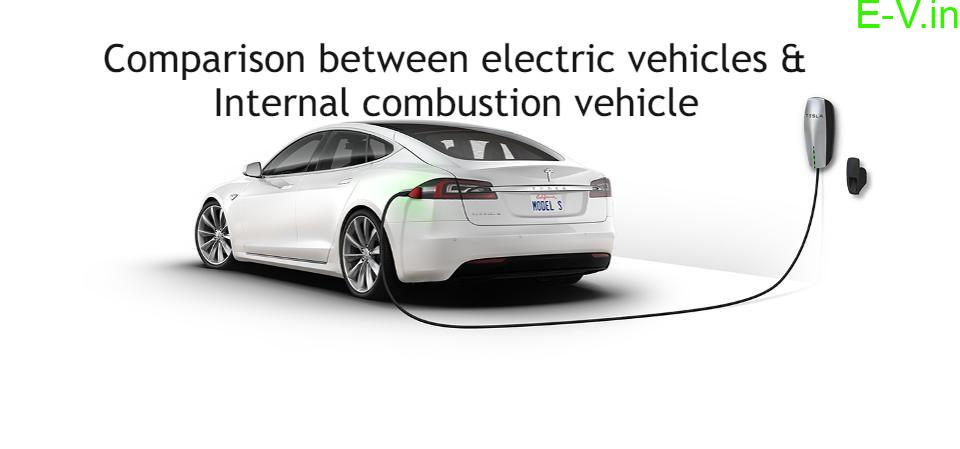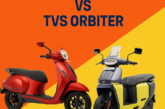
Comparison between electric vehicles & Internal combustion vehicle
Here is the Comparison between electric vehicles & Internal combustion vehicle.
More bang
Petrochemicals are controlled explosions that deliver a large force for a small amount of fuel and subsequently less weight in comparison to current batteries. There is less inertia to overcome when accelerating.
Wasted energy
There is no way to apply the vehicle’s latent momentum back into a force that can be reutilised to further accelerate without adding significant weight to the vehicle defeating the advantages of that regeneration.
Mass distribution and wasted weight
Two large mass centres: the fuel tank and engine. A heavy drive train and chassis are required to support these mass structures.
Air pollution
ICVs exhaust a mixture of gases and ions that cause harm to the environment and insufficient concentrations of harm to humans directly.
Refuelling
Refuelling can be achieved quickly as we have constructed an industry around providing fuel to these vehicles at various places of convenience.
Hazardous chemical risk
Petrol stations are an environmental risk and a safety hazard requiring bulk storage of explosive toxic fuels.
Range
Petrol fuelled vehicles have a range of 400 – 600km.
Mass distribution
Wheels can be driven directly with a motor at each wheel or the wheel can be the motor. The advantages of smaller masses at motor locations, where maximum force is required, allow for more freedom of design, lower centres of gravity and better handling opportunities. Flexibility in weight distribution also allows for more safety features to be built into the overall design.
Energy conservation
Power can be regenerated using the vehicle’s latent momentum during braking.
Refuelling depots
Refuelling depots can be set up almost anywhere at low cost and can be easily utilised without the need for monitoring.
Induction recharging
Vehicles can simply be parked over induction pads or even recharged on the move. No hazardous chemical storage required.
Car mass
Most of the weight will be in the battery with better more efficient batteries currently being developed.
More space in the interior
Without the two large masses present in ICVs, different designs can be constructed to utilise the space more effectively.
Solar panelling
If stranded in remote areas, solar panels mounted in the car body allow for the vehicle to be recharged.
Vehicle emissions
There are no gas emissions and low noise emissions in a BEV.
( source-submissions)
For any promotions and advertisements on electricvehicles.in, please send an email to support@electricvehicles.in
For the latest electric vehicles news, follow electricvehicles.in on Twitter, Instagram,Facebook and subscribe to our YouTube Channels English, Hindi, Telugu and Kannada







